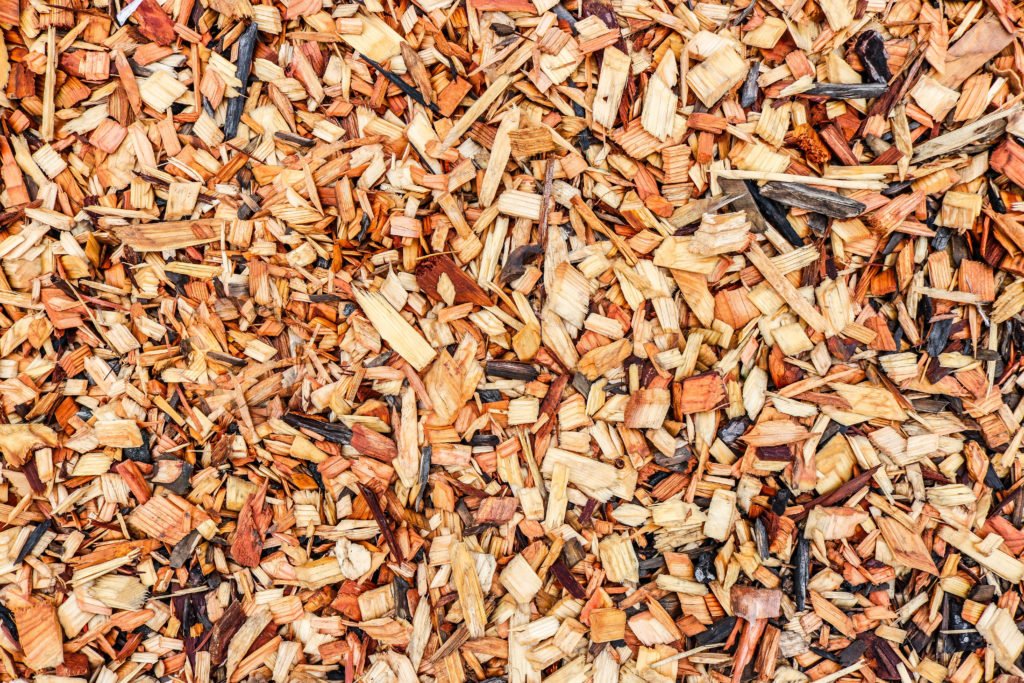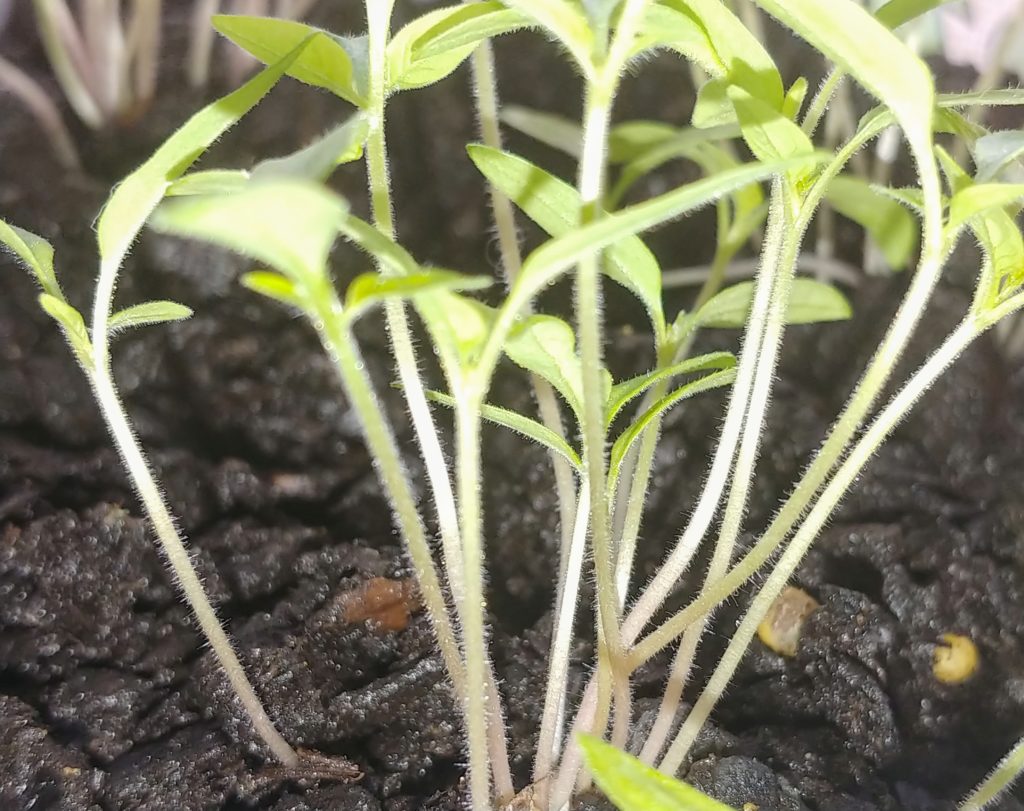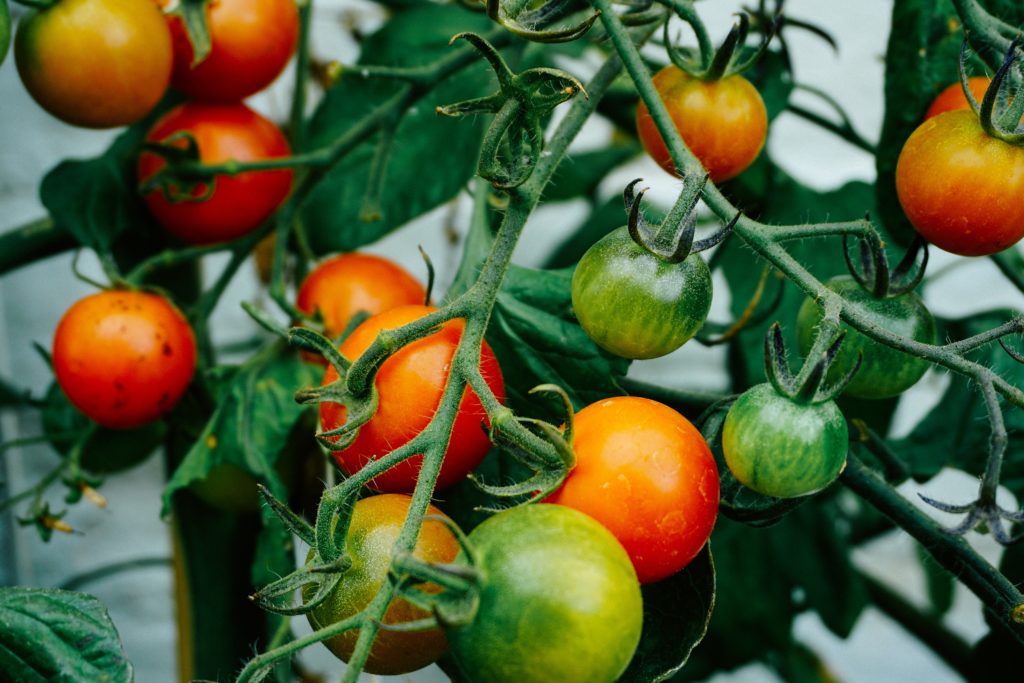If you are new to home gardening, don’t worry – growing romaine lettuce and other crunchy roughage is super easy. There are also a ton of benefits! There is such a freshness and tenderness to home grown garden vegetables that just can’t be matched.
Another benefit? You also know exactly where you food is coming from!
Romaine, or Cos, is one of those vegetables that I hate having to buy at the store because it’s so darn expensive sometimes. And lately, it keeps getting recalled due to all types of weird food related diseases.
It seems as though with each recall, the longer we are out of my favorite roughage. So with that, I think it’s about time we all starting to put our gardens to work! Considering how easily you can grow romaine lettuce, there’s really no excuse for not producing your own deliciously fresh salads from the garden.
This post contains affiliate links. If you click through and make a purchase, I’ll earn a commission, at no additional cost to you.
How to Grow Indoors
If you aren’t in a location that is conducive to outdoor planting, then you’re in luck! Romaine, and other lettuce varieties, are great options for indoor gardening!

There are so many solutions available that will support an indoor garden. My favorite that I have been using for years is an AeroGarden. If you’re impatient like I am, you’ll be amazed at how quickly everything grows in one! I also love having things like lettuce and tomatoes right on the counter on the kitchen, rather than having to go outside for them.

And fun enough, it doesn’t stop at lettuce. You can also grow all of your herbs, flowers, veggies and tomatoes too! You can practically create your own garden salad right in your kitchen.
Another option is to simply place a pot or container on any windowsill of your home.
Growing Romaine Outdoors
Romaine does really well in cool weather, like spring and fall. Temperatures between 45°F and 65°F are ideal where you won’t see a frost or a heat that will wilt and dry the leaves. You can plant romaine in the ground in rows, or my preferred method is in raised garden beds or containers.
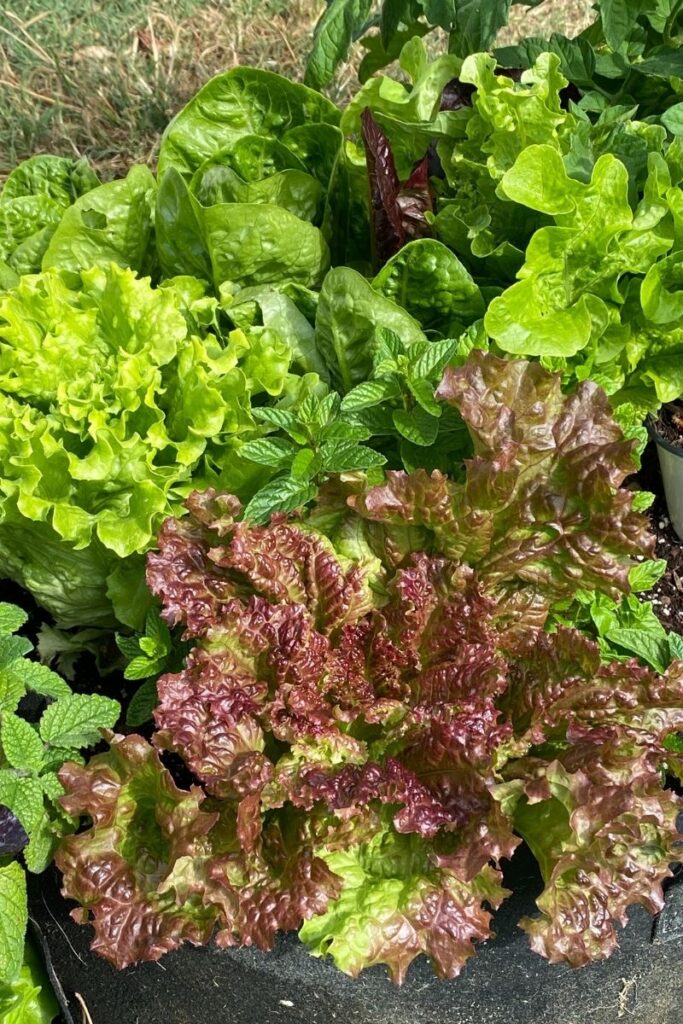
Here in zone 10b, I grow romaine and all my other lettuces practically year round. Fall through spring I place my containers in full sun, but when the heat of summer comes around they do better in partial shade.
I have been able to successfully harvest it in the summer as long as I keep up on the watering and mind the shade, but some varieties will bolt quickly on me. This is why I like to succession plant every 2 weeks and harvest outer leaves from the oldest and largest plants each day. This method keeps our salad bowls full and tummies happy.
I also find that they make great living mulch and are neighbor friendly with almost any plant you can think of so I often sprinkle seeds all over the place. Being compact, they can easily squeeze in any open spot in my containers – whether it be at the base of any climbing plants like peas, beans, cucumbers or zucchini or tucked next to peppers and tomatoes.
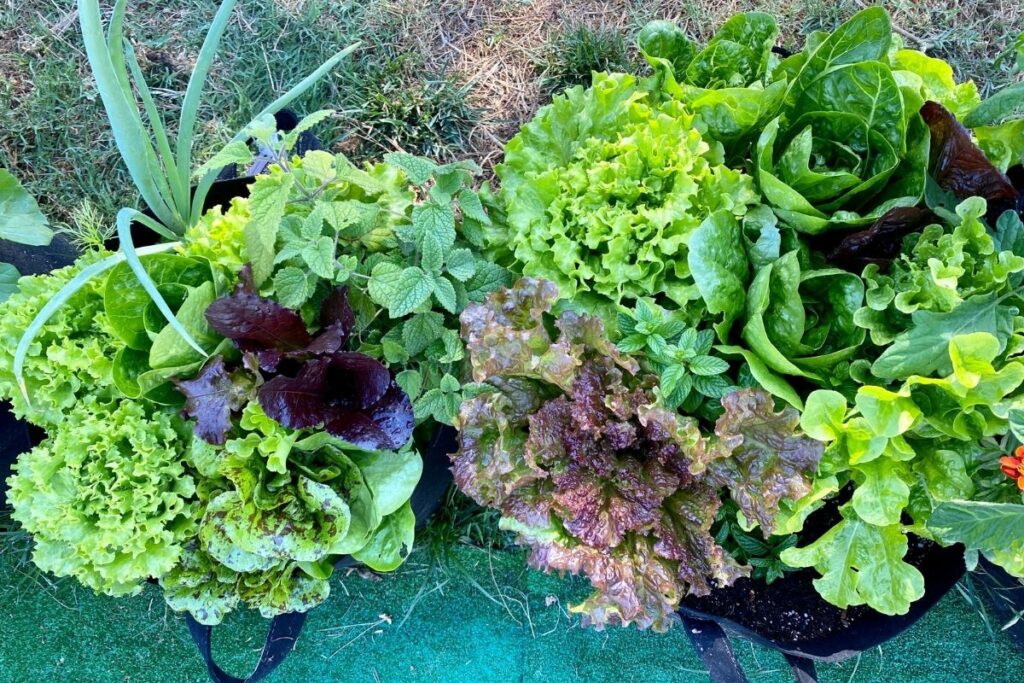
If you want to make a greens container like I did in my photo above, feel free! I like to throw in onion, garlic and lemon balm to help deter aphids and other pests. Sometimes I throw in a marigold just because I like the pop of color (but they also help deter pests too!)
Planting with Seeds
Lettuce can grow rather quickly, so you’ll want to think about how you’re going to plant your seedlings as to not have only one large crop, but be able to enjoy your harvest for weeks to come. Stagger your planting and plant small batches at a time.
They won’t take up too much space in the garden so you’ll be able to plant a bunch. Ideally, you can plant a new batch every two weeks until the end of season to really extend your harvest and enjoy romaine lettuce for months!
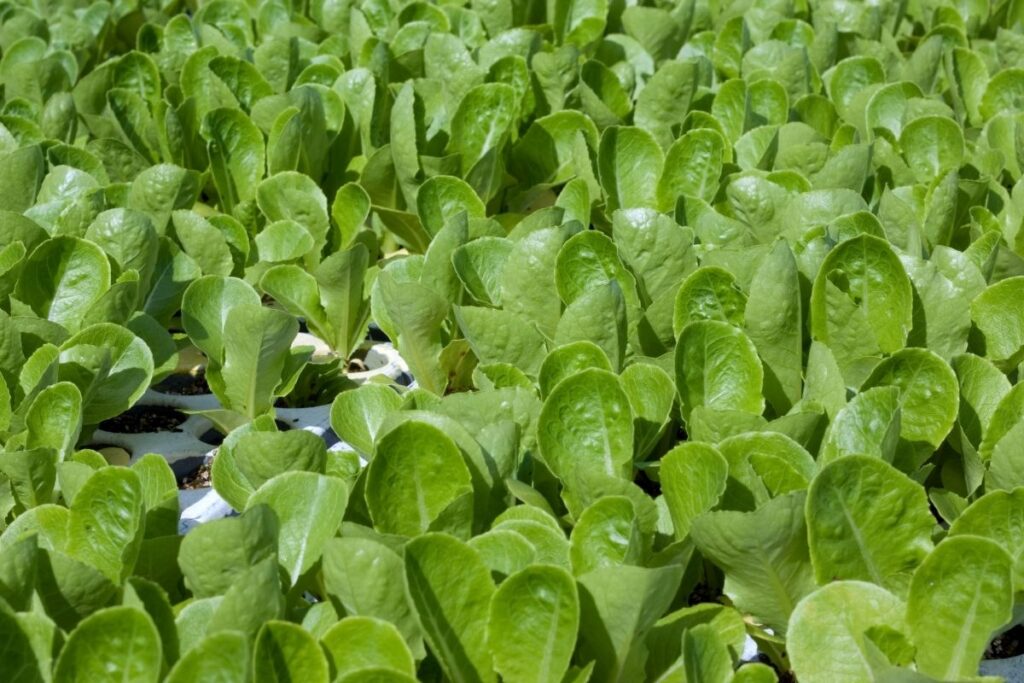
When planting into the ground, carefully disperse the seeds very thinly into rows. This may be the most difficult part of the whole process so take your time and make sure you are spreading them thin so you don’t waste any precious seeds. It’s totally gut wrenching to have to thin and pull out baby plants for me so I try to avoid it.
Once complete, sprinkle a little soil over the top to lightly cover. I always saw my grandmother put newspaper over the top of hers, I still don’t know if it did anything more or less but there you go.
Water, and Water More
As I just mentioned in the previous paragraph, water is king here. Remember lettuce is about 95% water, which means it likes a lot of moisture. With that, growing it requires a lot of water.
Keep them planted in nicely fertilized soil and water often. They will grow quickly. Romaine is ready to harvest in 65-70 days. Keep them well watered, or they will wilt quickly and dehydrate.
It’s also worth watering the leaves and not just the roots. This is a great way to remove pests and dislodge spider egg sacks (which I always seem to get on my lettuce!) You may have to adjust your irrigation system, or manually give them a little spray from time to time.
Harvesting Lettuce
When the plant is big enough to your liking, the lettuce can be harvested. Most folks pick the outer leaves to allow the inner heads to continue to develop. Depending how long your season is before the first frost, extend the life of that baby as long as you can!
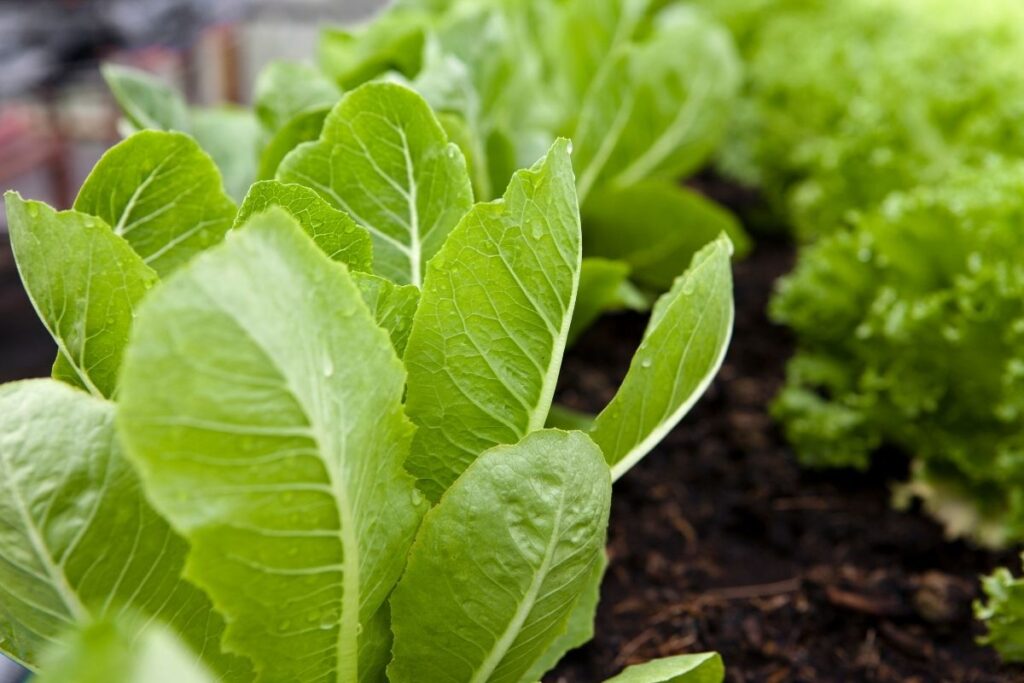
I like to stack the harvesting process. To stack the harvest of your romaine plants, harvest one or two plants at a time. This way, you will have more to enjoy longer without interruption. Meanwhile, you will allow the other plants to continue to maturity.
Then, when you need to harvest again, you will go to the plants that have not yet been cut, leaving alone the ones you picked last time. Then continue to alternate in an ongoing cycle to continue your lettuce garden.
Once your lettuce plants start getting tall in the middle and flowering, the leaves will turn bitter. I suggest succession planting every 2-3 weeks if you like having a continuous crop to pick from throughout the season.

